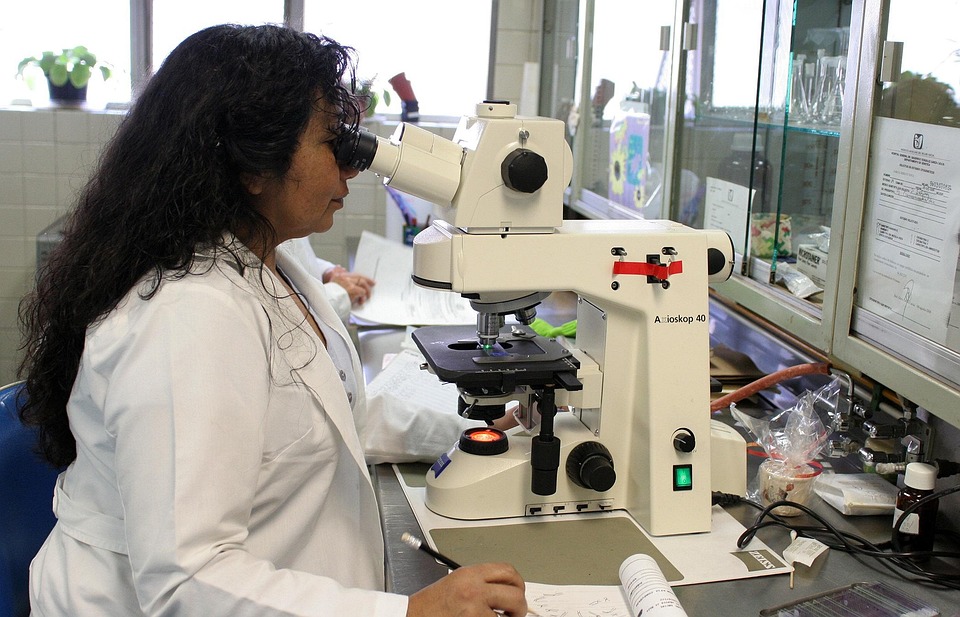Crafting the Perfect Ultimate Research Scientist CV
In the competitive arena of research science, an outstanding CV can be your ticket to securing that coveted position. A well-structured CV not only showcases your qualifications and experience but also reflects your professionalism and attention to detail. Here’s a guide to crafting a compelling CV that will capture the attention of hiring managers.
1. Personal Information: The Essentials
Start with your name at the top, bold and prominent. Follow this with your contact details—email, phone number, and LinkedIn profile, if applicable. Avoid clutter; keep it clean. It’s astonishing how many CVs fail at this basic hurdle.
2. Professional Summary: Your Elevator Pitch
This section is your chance to shine. A succinct paragraph summarising your expertise, years of experience, and key skills can set the tone. Use powerful adjectives and specific achievements to paint a vivid picture. For instance, instead of saying "I have experience in lab techniques," say, "Adept in advanced molecular techniques, I enhanced data accuracy by 30% in my last project." This not only informs but also intrigues.
3. Key Skills: Tailored to the Job
List your key skills, but don’t just regurgitate what’s on the job description. Choose those that resonate most with your experience and the position you’re applying for. Consider categorising them:
- Technical Skills: PCR, ELISA, data analysis.
- Soft Skills: Leadership, teamwork, communication.
This segmented approach makes it easier for the reader to digest.
4. Professional Experience: The Heart of Your CV
Chronologically detail your work history, starting with the most recent. Each role should include:
- Job Title: What was your position?
- Company Name and Dates: Where and when did you work?
- Key Achievements: This is where you demonstrate impact. Use bullet points for clarity. For example:
- Spearheaded a cross-functional team that achieved a 25% reduction in project timelines.
- Published five peer-reviewed articles in high-impact journals.
Quantifying your achievements not only adds credibility but also provides tangible proof of your capabilities.
5. Education: Your Academic Foundation
List your degrees in reverse chronological order. Include the institution, degree, and year of graduation. If you have notable achievements, such as scholarships or distinctions, don’t shy away from showcasing these. For instance, "Graduated with First-Class Honours in Biochemistry from the University of Oxford."
6. Publications and Conferences: Showcasing Your Contributions
In the realm of research, your publications and conference presentations are critical. Create a separate section to highlight these. Use a consistent citation style, ensuring clarity and professionalism. For example:
- Smith, J. (2022). "Innovative Approaches to Gene Editing." Journal of Molecular Biology.
7. Additional Sections: Tailoring to the Role
Consider adding sections that may bolster your CV, such as:
- Professional Affiliations: Membership in scientific societies.
- Certifications: Relevant certifications that enhance your qualifications.
- Volunteer Work: This can humanise your CV and showcase your commitment beyond academia.
Final Touches: Presentation Matters
Ensure your CV is visually appealing. Use a clean, readable font and a consistent layout. A dash of colour can be effective, but don’t go overboard. Remember, your CV should be a reflection of your meticulous nature as a scientist.
In the realm of research science, your CV is not just a document; it’s a narrative of your professional journey. By structuring it thoughtfully and showcasing your unique skills and experiences, you elevate your chances of standing out in a crowded field.
For those seeking quality examples and further insights, CVPortal continues to be your go-to resource for premium CV references.


